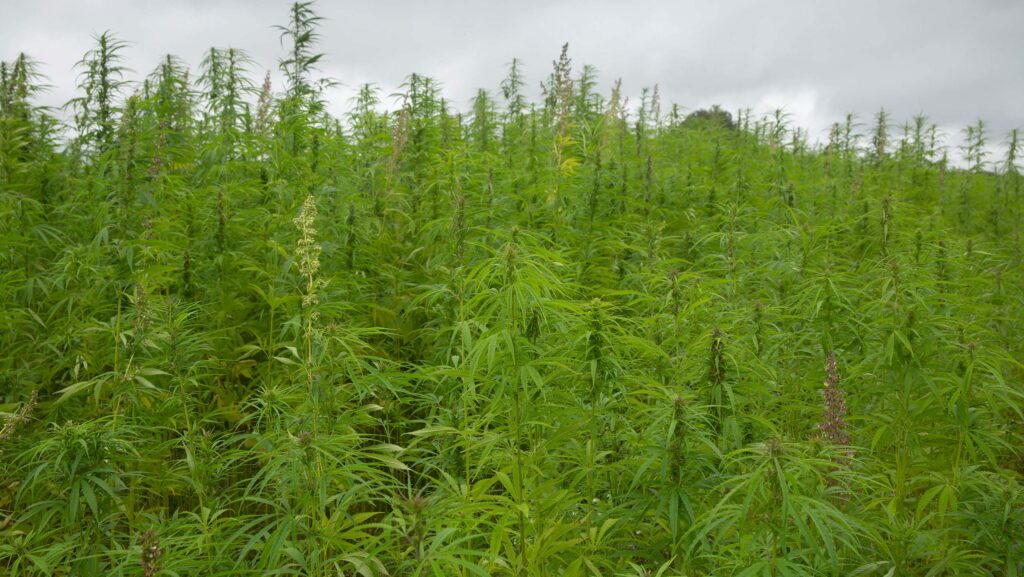Hemp growing made simpler with changes to licensing rules
 ©Tim Scrivener
©Tim Scrivener Changes to hemp licensing rules are set to make it easier for farmers to plan their rotations, thereby making it a more viable break crop on UK farms.
Hemp is a low-input crop requiring only zero to 50kg/ha of nitrogen fertiliser and no pesticides. But despite being cheap to grow, farmers have been put off by the licensing process.
See also: Why Yorkshire farmers are growing miscanthus and hemp
Under changes announced by Defra and the Home Office earlier this week, from 2025 licence holders will be able to grow hemp anywhere on a licensed farm and the maximum period for a licence will be extended from three to six years.
Farmers will also have the option to apply for a licence with a deferred start date of up to one year.
Before the change, farmers had to apply for specific fields and the timing was tight, with applications in January meaning by the time farmers got the green light, it was sometimes too late to order seed that had to be imported.
Heather Oldfield, business development manager at Elsom Seeds, who has been advising the government on the changes, said that licensing farms rather than specific fields meant farmers could plan hemp into their rotation.
The increase in the licence from three to six years will enable farmers to sign contracts with UK processors, which are normally for five years, providing confidence and security for the supply chain.
Growing area
Heather believes these licensing changes combined with growing demand will see the area increase over coming seasons, from this year’s expected 1,000-1,500ha.
This potential for more UK-grown hemp is because businesses are currently reliant on imported hemp to produce mattresses and construction materials, such as insulation, plasterboard and soundproofing.

